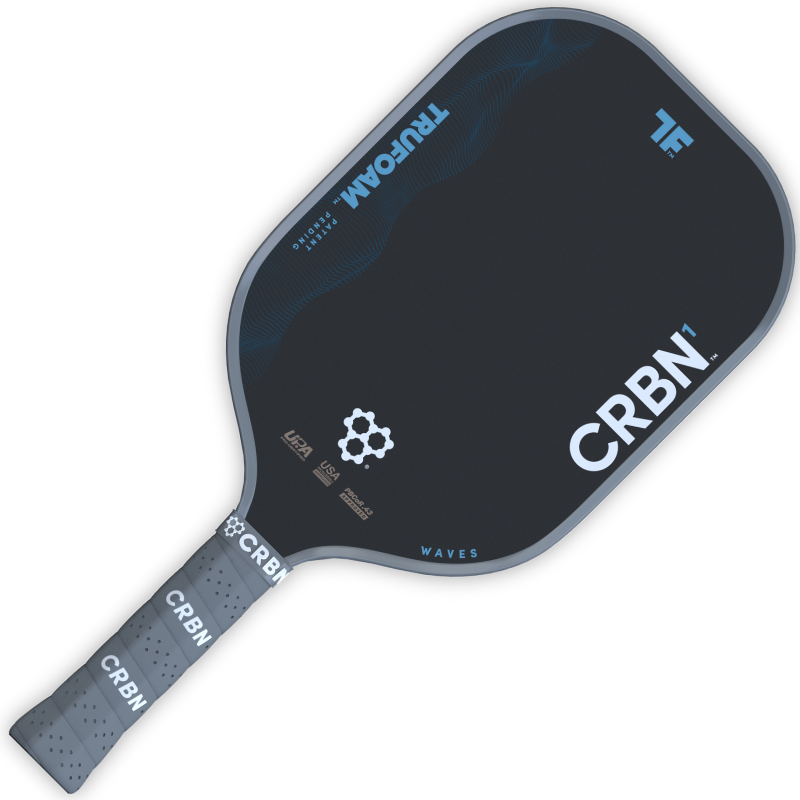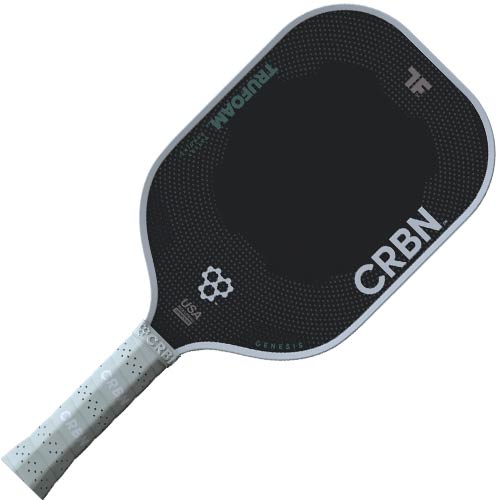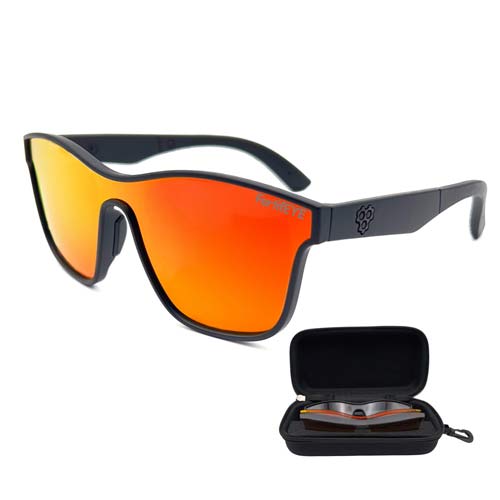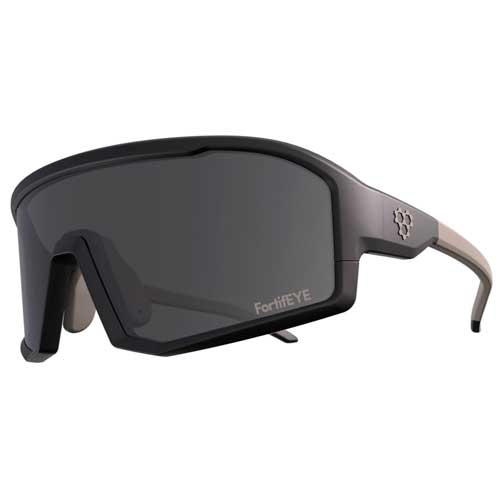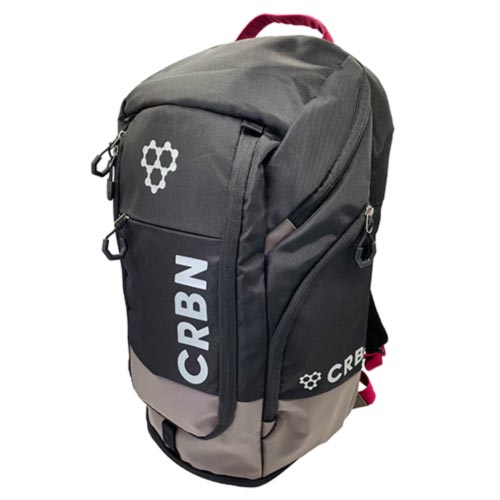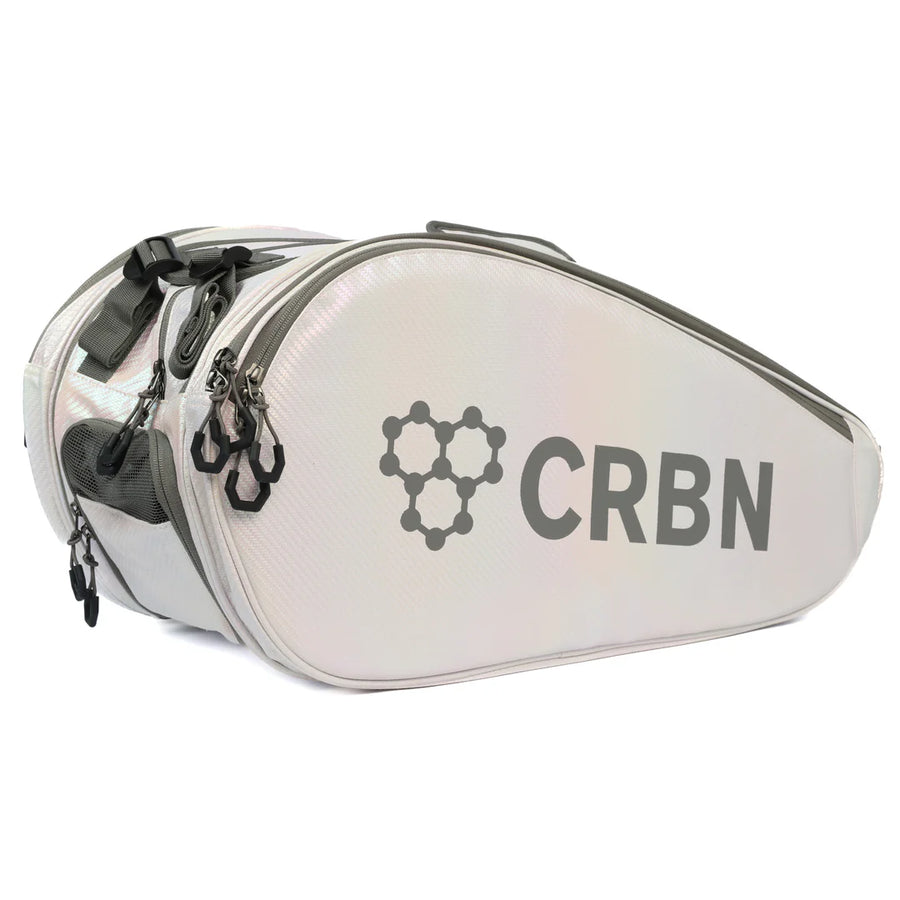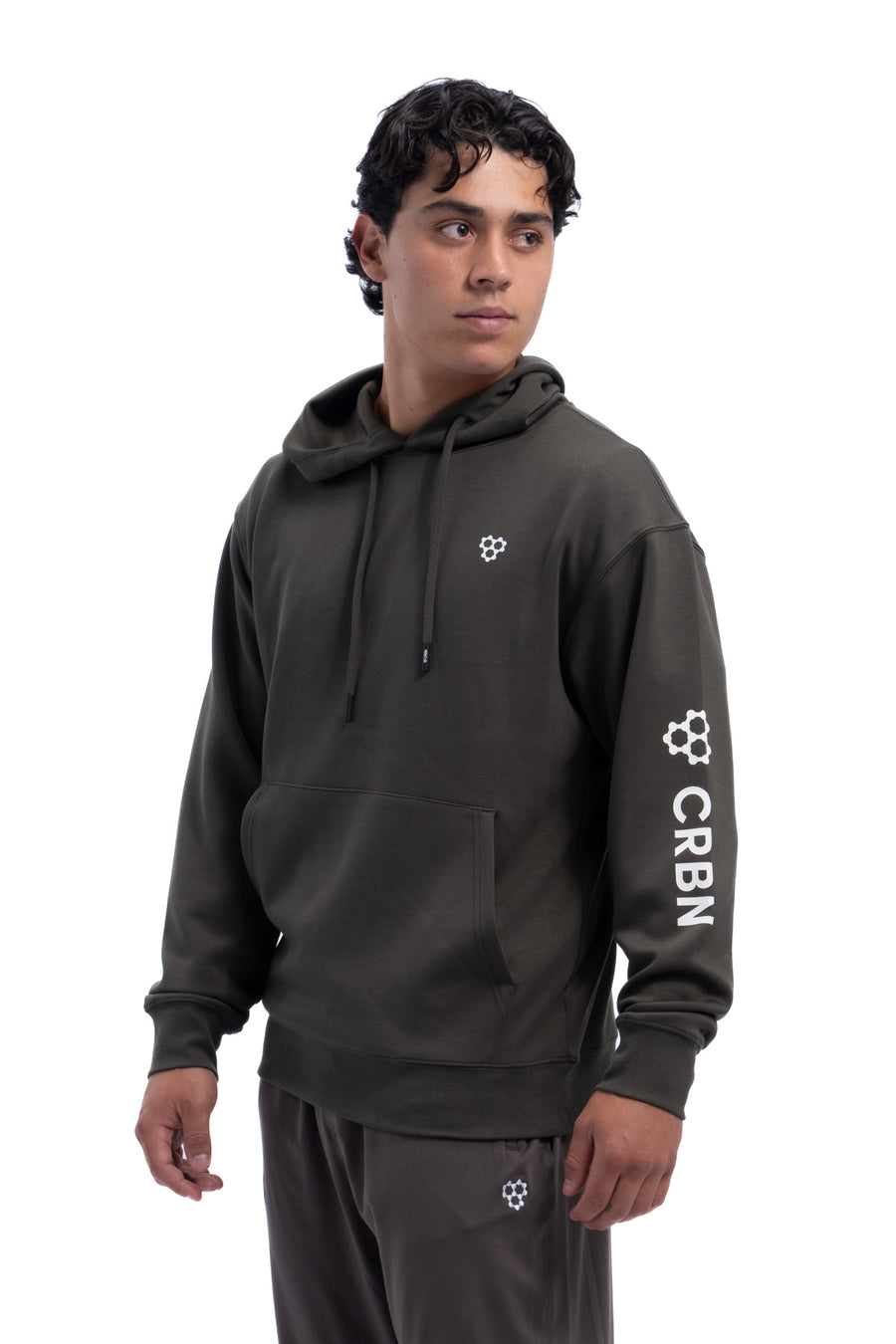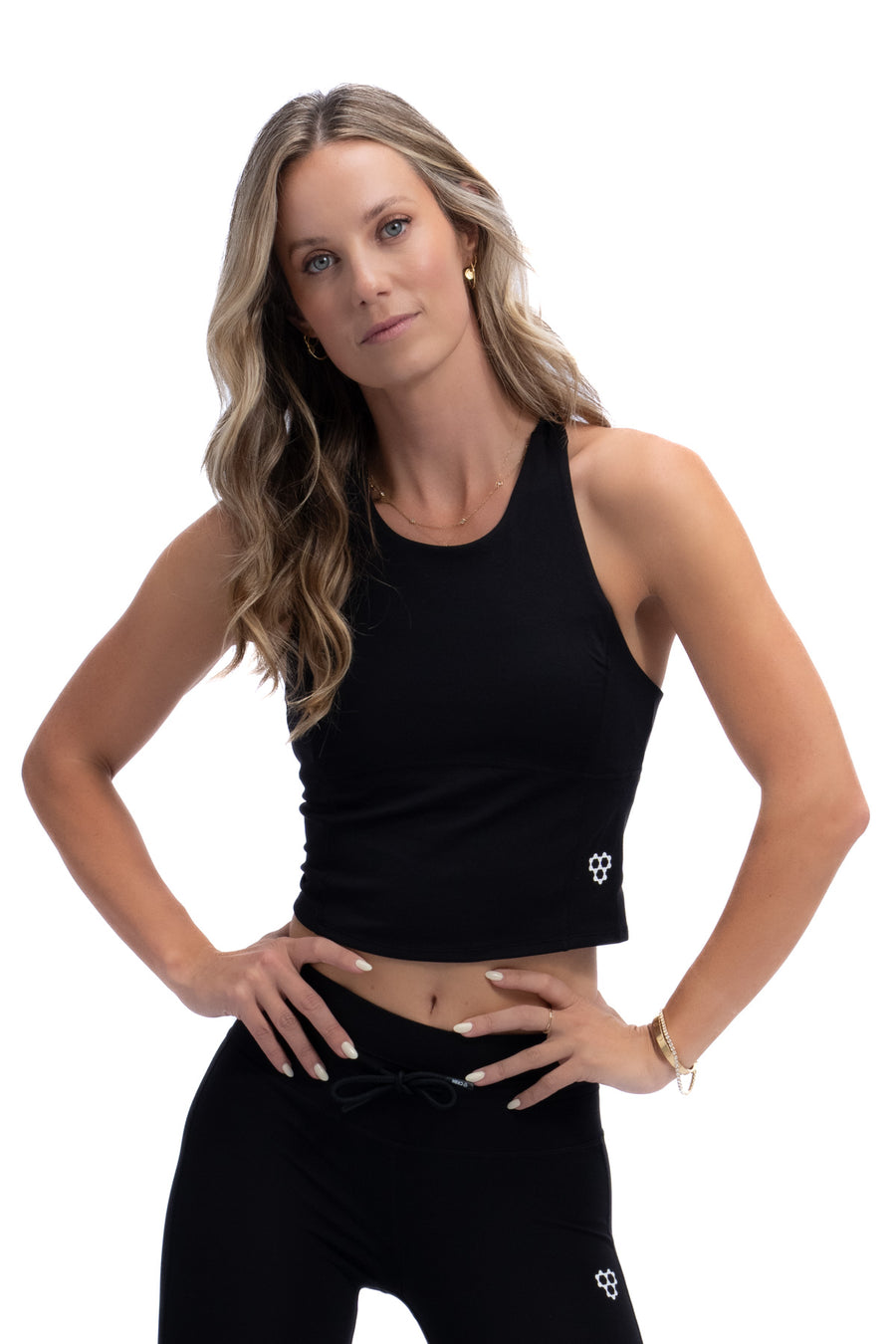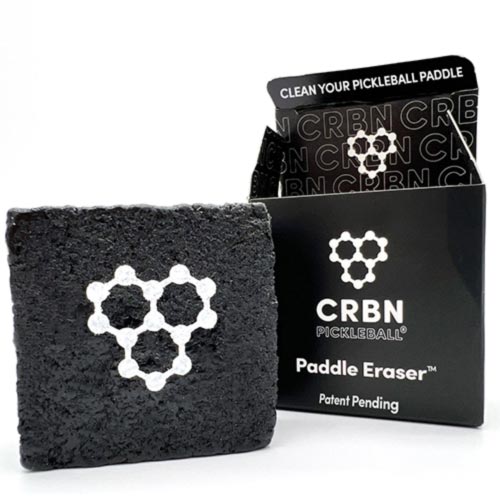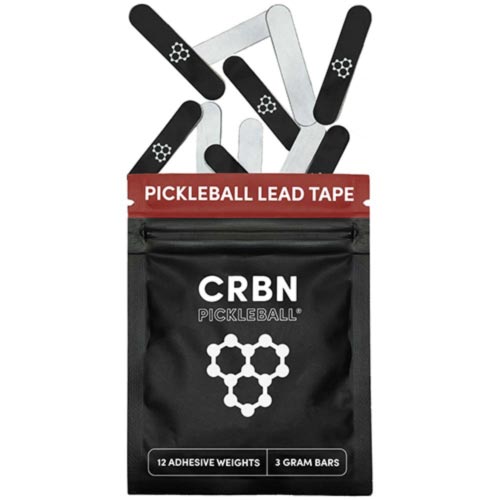Master the Kitchen: Rolling Dinks, Feel, and Net Domination
If you want to dominate at the kitchen, it’s not just about getting there—it’s about what you do when you arrive.
That means having the tools to outlast in dinking battles, pressure your opponent with spin and disguise, and win hands battles when the pace picks up. And that all comes down to feel.
In this Pickleball Cheat Code episode, Brodie Smith and Tanner Tomassi break down the advanced shots and subtle techniques that separate kitchen survivors from kitchen killers. From rolling dinks and paddle grip to timing your speedups and resets, they lay out the roadmap to leveling up your net play.
If you're serious about improving your performance at the kitchen line, this is the stuff you need to master.
Rolling Dinks: The Secret Sauce for Pressure
Forget the “just get it over” mentality—pro players roll their dinks to apply pressure, change tempo, and threaten speedups.
Here’s what makes the roll different:
-
It adds shape. A topspin dink arcs up, then dips down fast, making it tougher to attack.
-
It disguises speedups. The same motion used for a roll can morph into a flick or attack.
-
It forces movement. A heavy roll pushes opponents off balance or off the line.
“That roll dink allows me to play with pace, play with height, and set up the speedup.” – Tanner
Try This: Roll to the right shoulder of your opponent to jam them or pull them off the line.
Grip, Feel, and the Art of Paddle Awareness
Tanner emphasizes that feel doesn’t come from drilling a million dinks—it comes from knowing your paddle and developing a versatile grip.
His keys:
-
Looser grip = better touch. Choke up slightly, relax the hand, and stay loose in the wrist.
-
Paddle face matters. Open or closed paddle face affects how your dink arcs and where it lands.
-
Don't lock the wrist. A free, flickable wrist adds disguise and control.
Pro Insight: Players with great feel don’t think about technique mid-rally—they've trained it into muscle memory through varied reps.
Don’t Just Drill—Rep the Right Shots
According to Tanner and Brodie, one of the biggest mistakes people make is drilling “safe” dinks forever.
Instead:
-
Work on spin. Practice both undercut dinks and rolling topspin dinks.
-
Add footwork. Move into the ball and stay balanced—don’t dink while backpedaling.
-
Simulate game reps. Start with dinks, then build to flicks, rolls, and counters.
“I love the pattern where I roll cross, flick line, and then catch 'em middle with a drop dink.” – Tanner
Drill Idea: Cross-court roll dinks followed by surprise speedups, alternating line and middle.
When to Speed Up—and When to Reset
Rolling dinks set the table, but what you serve next is everything.
Brodie and Tanner talk about:
-
Speedup cues: When your roll pushes your opponent back or high, green light the flick.
-
Reset cues: If you're late, off-balance, or wide, dial it back with a neutral dink.
-
Chaos control: Not every point needs to end in a hands battle—but you should be ready for one.
Pro Tip: Roll dinks from the right side let you attack to your left—where most opponents are weaker.
Final Word: Feel Wins at the Kitchen
Speed and power matter. But when you're battling at the net, feel is what wins.
Rolling dinks give you options. Loose grip gives you touch. Knowing how and when to flick, dink, or reset gives you confidence.
So stop hitting the same soft dink over and over. Add some shape. Create some pressure. And roll your way to the next level.
🎧 Listen to the full episode of Pickleball Cheat Code on Spotify or Apple Podcasts for even more insights.
